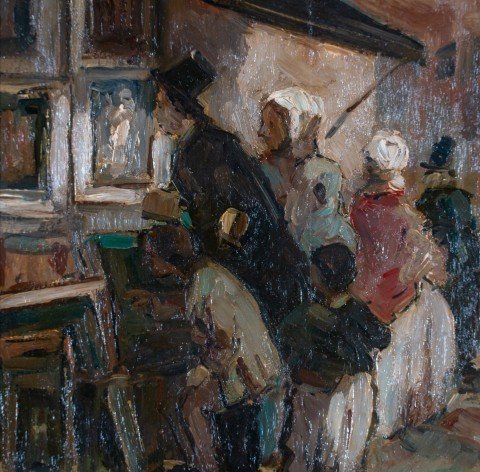Honoré-Victorin Daumier was a French painter, sculptor, and printmaker, whose many works offer commentary on the social and political life in France, from the Revolution of 1830 to the fall of the second Napoleonic Empire in 1870. He earned a living throughout most of his life producing caricatures and cartoons of political figures and satirizing the behavior of his countrymen in newspapers and periodicals, for which he became well known in his lifetime and is still known today. He was a republican democrat who attacked the bourgeoisie, the church, lawyers and the judiciary, politicians, and the monarchy. He was jailed for several months in 1832 after the publication of Gargantua, a particularly offensive and discourteous depiction of King Louis-Philippe. Daumier was also a serious painter, loosely associated with realism. Although he occasionally exhibited his paintings at the Parisian Salons, his work was largely overlooked and ignored by the French public and most of the critics of the day. Yet the poet and art critic, Charles Baudelaire and Daumier's peers (painters) noticed and greatly admired his paintings, which were to have an influence on a younger generation of impressionist and postimpressionist painters. Later generations have come to recognize Daumier as one of the great French artists of the 19th century. Daumier was a tireless and prolific artist and produced more than 100 sculptures, 500 paintings, 1000 drawings, 1000 wood engravings, and 4000 lithographs.

